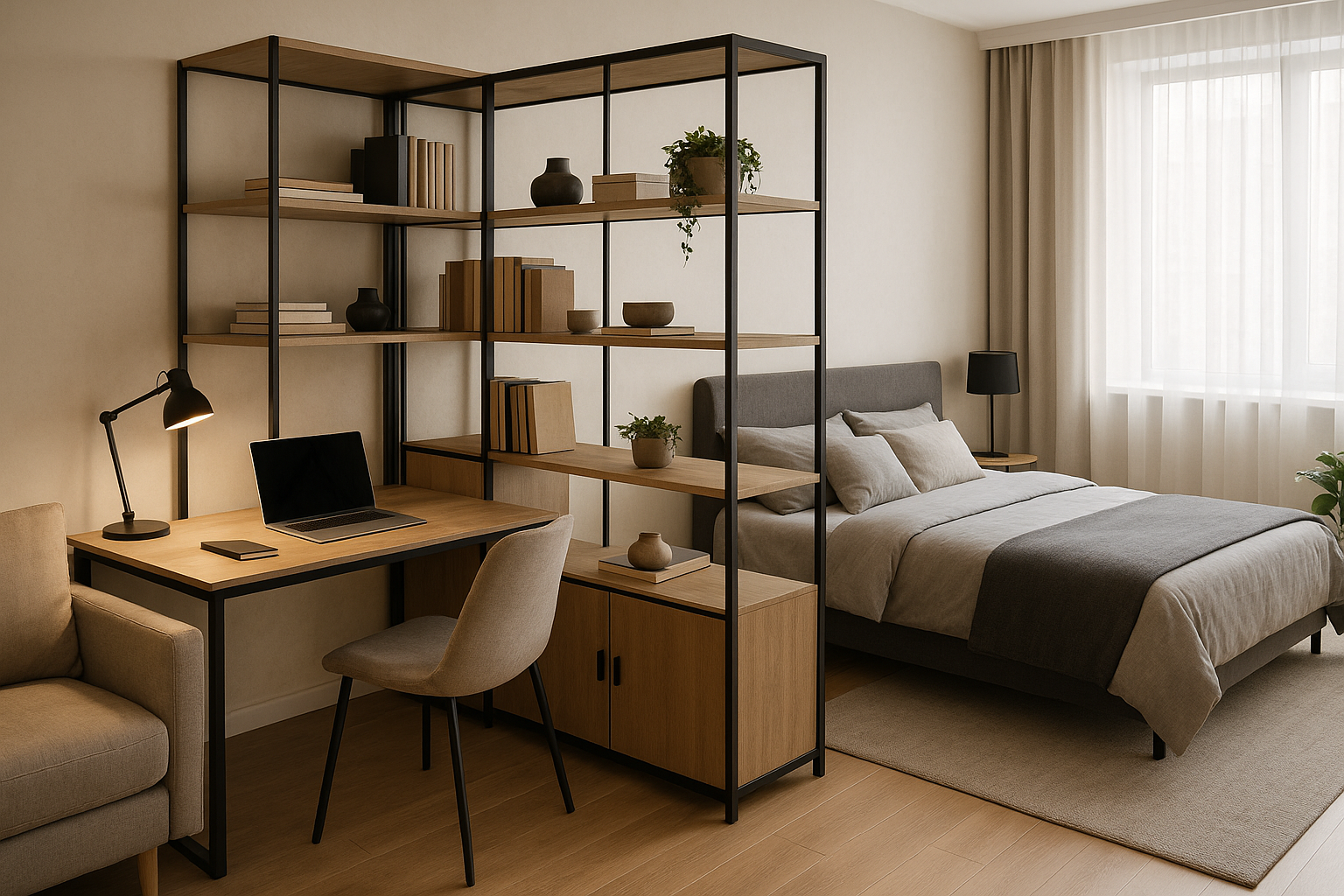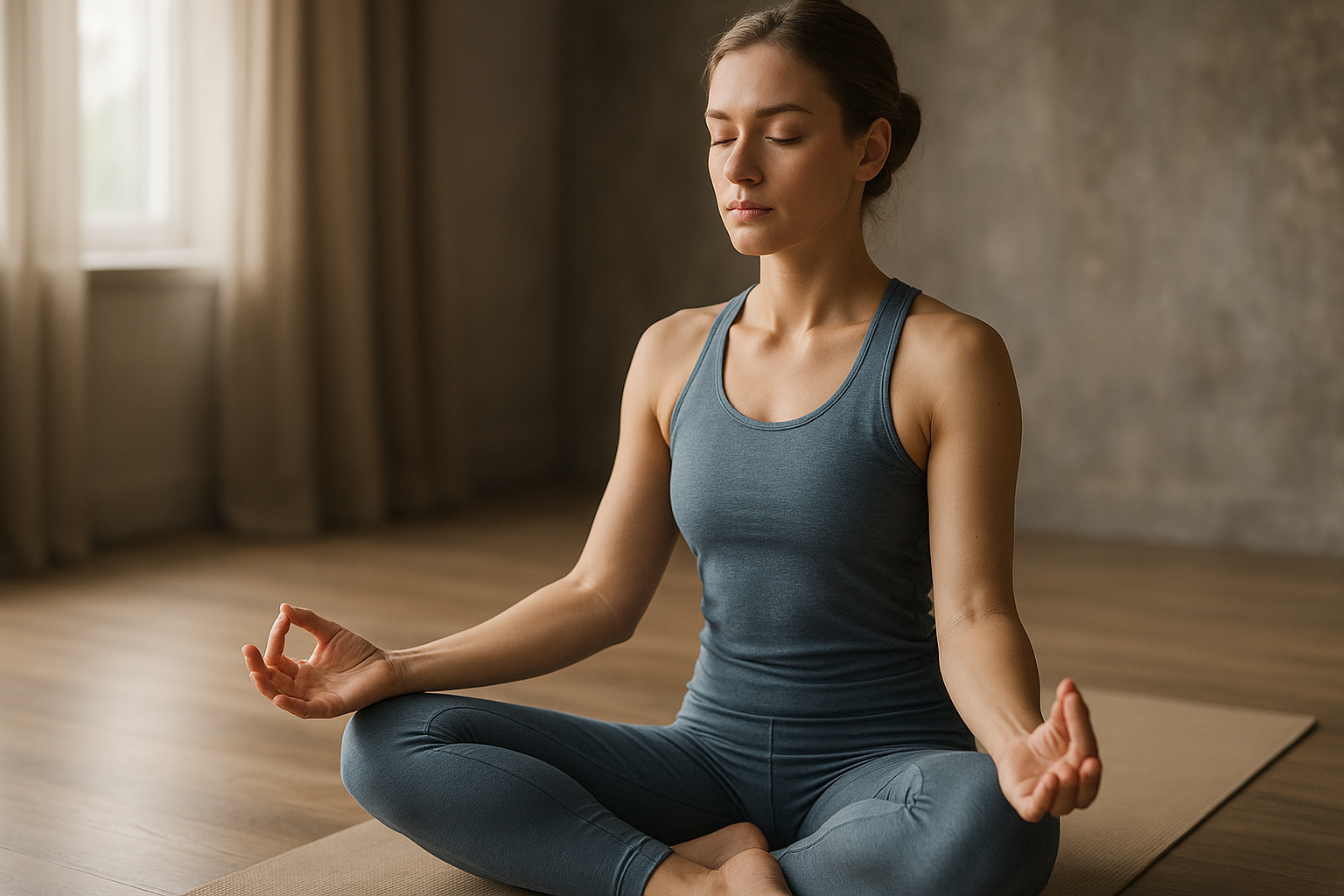"Transforming Spaces: The Rise of Multifunctional Rooms in Modern Homes"
Introduction: The way we perceive and utilize our living spaces has shifted dramatically over the past few years. Our homes have become more than just a place to sleep and eat—they are now our offices, gyms, classrooms, and entertainment centers. This evolution has given rise to the trend of multifunctional rooms, a design concept that integrates various activities into a single area. This article delves into the emergence and relevance of this trend, its practicality, and how it enhances our daily living.

The Emergence of Multifunctional Rooms
The concept of multifunctional rooms is not entirely new. Historically, homes, particularly in rural areas, had multiuse spaces due to limited square footage. The living room often doubled as a dining area and sometimes even a bedroom. However, as urbanization increased and homes expanded, rooms became more specialized.
The trend of multifunctional rooms resurfaced due to changing lifestyle patterns and the quest for more efficient use of space. The rise of remote work, online learning, and home-based fitness activities have all played a role in this shift.
The Practicality of Multifunctional Rooms
Multifunctional rooms are not just a design trend—they offer practical solutions to modern living challenges. Firstly, they allow for efficient use of space, particularly in compact city apartments. Secondly, they can be cost-effective, reducing the need for multiple furniture pieces and decorations. Furthermore, multifunctional rooms can be easily adapted to suit changing needs and preferences, making them a flexible and future-proof choice.
Current Design Techniques for Multifunctional Rooms
Creating a successful multifunctional room requires thoughtful planning and innovative design techniques. One popular approach is the use of transformative furniture, such as Murphy beds, extendable tables, and convertible sofas. These pieces can be adjusted or moved around to accommodate different activities.
Another technique is the effective use of partitions. Screens, curtains, open shelving, or even different paint colors can be used to visually divide a room into distinct zones. This helps to maintain a sense of order and purpose within the multifunctional space.
Enhancing Daily Living with Multifunctional Rooms
The beauty of multifunctional rooms lies in their ability to adapt to our unique lifestyles. For instance, a living room can transform into a home office during the day and revert to a relaxation area in the evening. This flexibility enhances our comfort and convenience, making our homes truly centered around our needs.
Moreover, multifunctional rooms can make our homes feel more spacious and organized. By eliminating the need for excess furniture and reducing clutter, these spaces can contribute to a more serene and harmonious living environment.
The Future of Multifunctional Rooms
The trend of multifunctional rooms shows no signs of slowing down. As we continue to blend our personal and professional lives, our homes will likely become even more multifaceted. Designers and homeowners are already exploring ways to make kitchens double as study areas, bedrooms as meditation spaces, and bathrooms as home spas.
As we move forward, it will be exciting to see how this trend evolves and shapes our homes of the future.
Final Notes:
The rise of multifunctional rooms represents a dynamic shift in our approach to home design. As our lifestyles continue to evolve, it is essential to create spaces that can adapt and cater to a multitude of needs. This trend embodies the essence of modern living—flexibility, efficiency, and personalization. Whether you’re redesigning your home or just looking for ways to maximize your space, consider the possibilities that multifunctional rooms have to offer.




